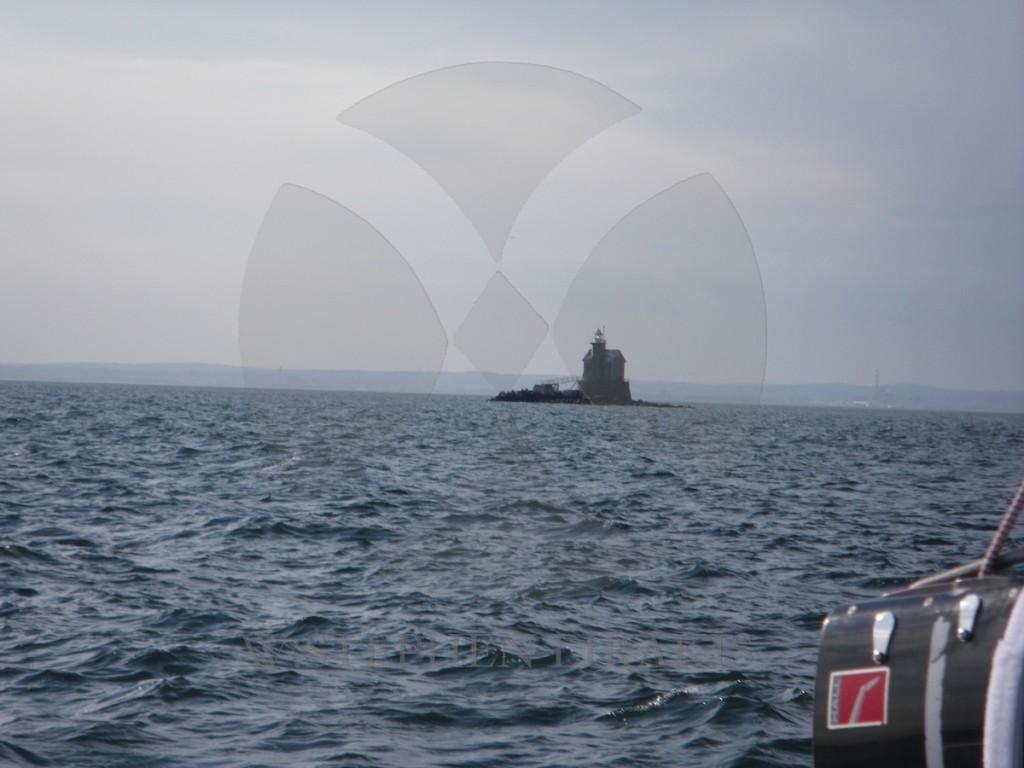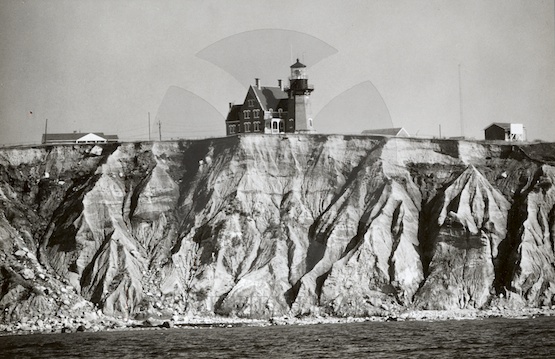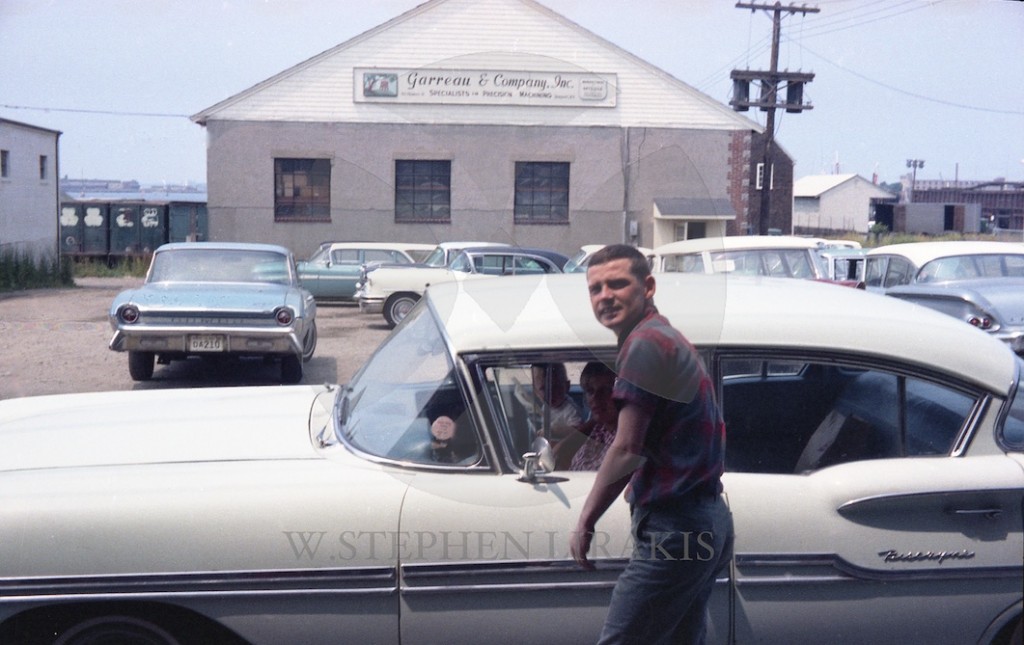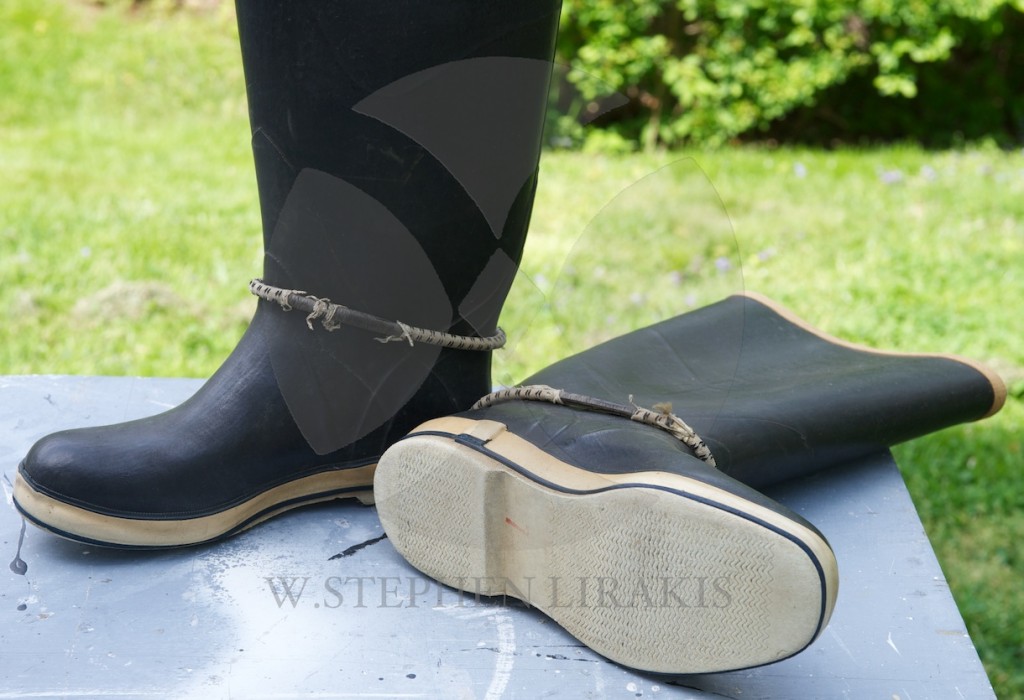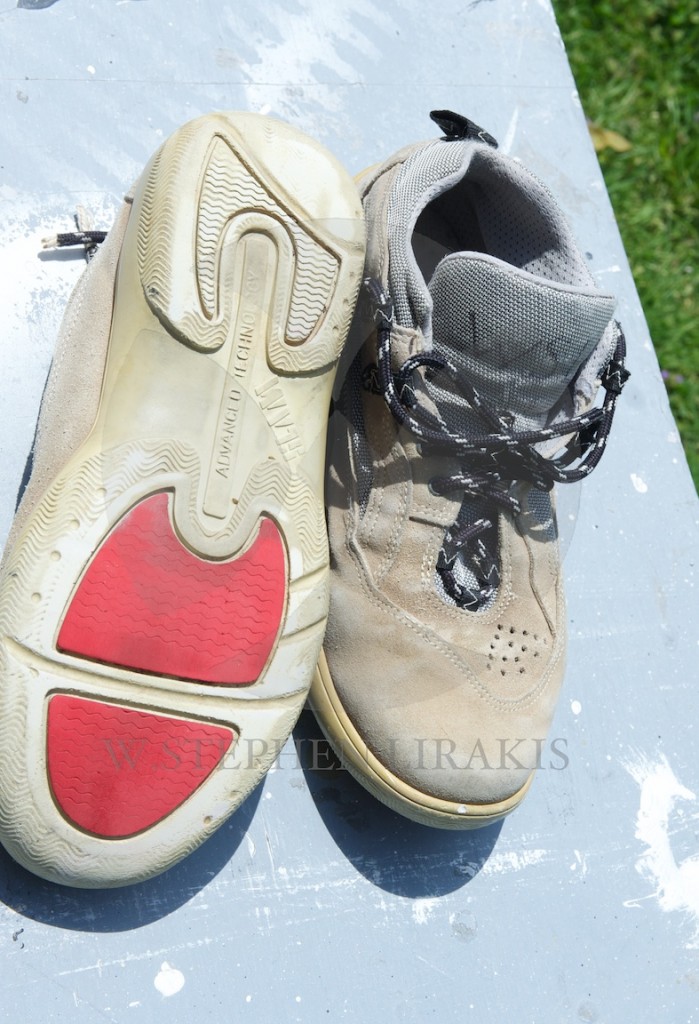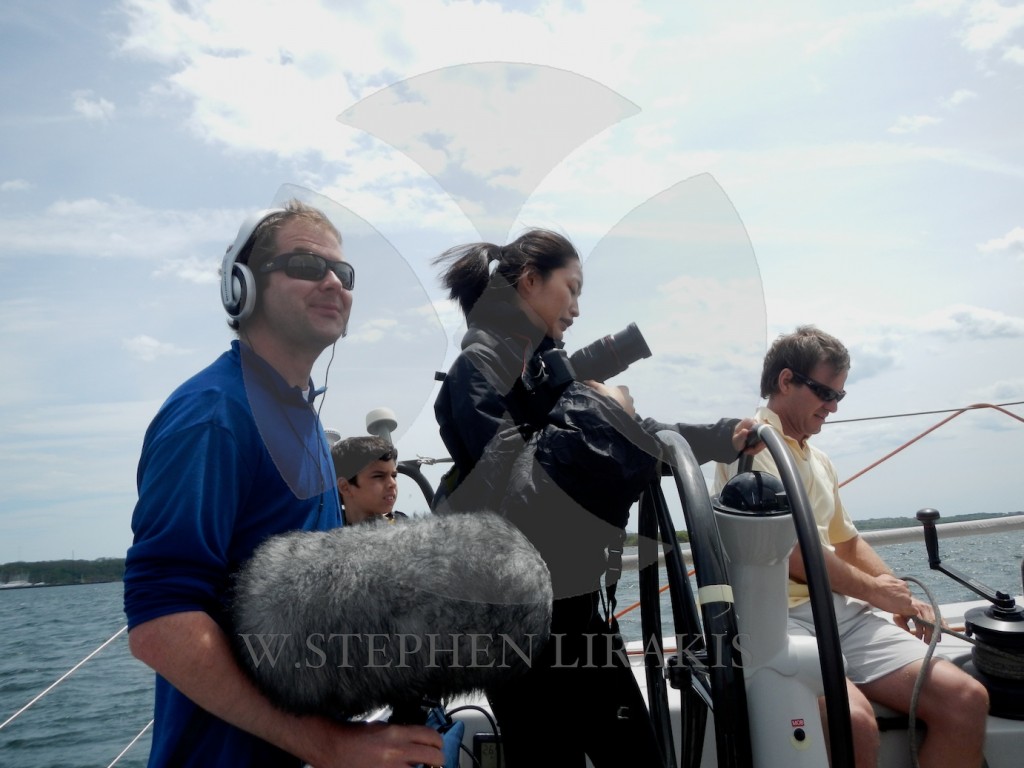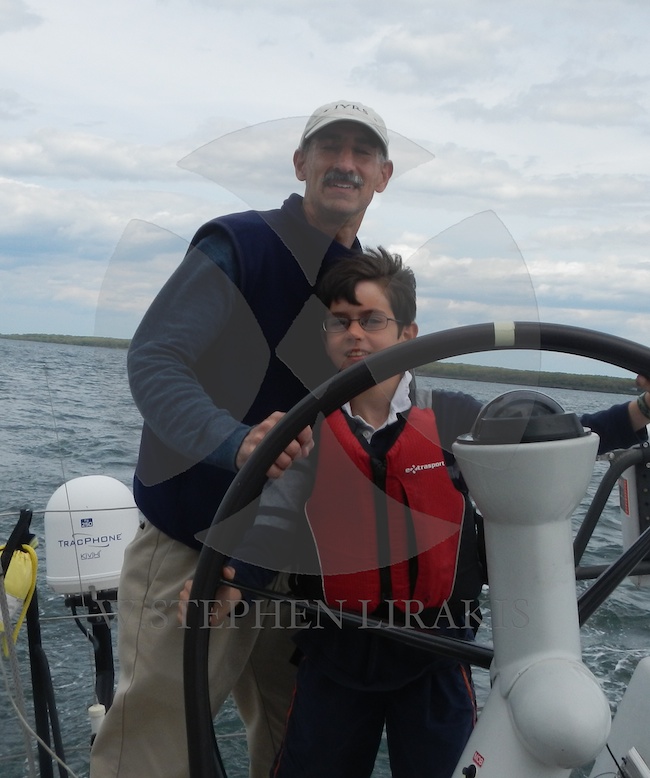In the NASCAR-themed epic Talladega Nights, Will Ferrell‘s character explains that prefacing his statements with “With all due respect” allows him to subsequently say whatever he wants (in this specific case, telling his boss “With all due respect, I didn’t realize you’d gotten experimental surgery to get your balls removed.”).

ASSOCIATED PRESS
The fatal wreck.
Related Content
More About
Today’s San Francisco version of “With all due respect” is unfurled by critics of the NASCAR-themed epic that is the America’s Cup: They issue de rigueur wishes for a successful boat race to preface a scathing evisceration of the planning and funding of the event. Sadly, in recent weeks, the definition of “success” was radically altered by the death of British Gold Medalist Andrew Simpson, after Team Artemis’ massive boat broke apart in routine conditions and trapped him beneath it.
Race organizers’ promise that they’d deliver “the crash and burn” of “NASCAR on water” has been one of the few elements of the regatta to go as envisioned — with disastrous results. Now event backers and critics alike will be on pins and needles during races, hoping no one else gets killed.
In the wake of Simpson’s death — and unnamed America’s Cup sailors venting in the New Zealand Herald that the AC72 catamarans are “Godforsaken deathtraps” that should be relegated to “museums and pictures” — race organizers last week opted to sail forward with the event with little deviation from the course at this juncture.
Let’s hope this plan works out. With all due respect, not much has.
The America’s Cup was pitched by erstwhileMayor Gavin Newsom as just the thing to compensate for the 49ers skipping town after spurning his plans for their new stadium to be built atop a radioactive Superfund site.
Rosy economic projections conjured up possibilities of 15 free-spending yachting syndicates taking up residence in San Francisco and helping to generate $1.4 billion in dinero, while providing work for 8,800 locals. These were numbers that inspired even stalwart America’s Cup supporters to tellSF Weekly at the time, “extremely optimistic is an understatement.” But they would be regurgitated, for years, even after the bloom was off the America’s Cup rose.
The promise of San Franciscans being able to remove their socks and shoes and wade through the money was used to justify forking over vast swaths of the city’s central waterfront to yachting billionaire Larry Ellison. This mayorally backed move would have cost the city and port hundreds of millions of dollars — and, SF Weekly reported in 2011, resulted in port staff clandestinely bending the ears of city politicos to halt a plan that would have eviscerated port finances.
Halted it was, leading to a tidier giveaway of less-vast swaths of the northern waterfront. This would have cost the city mere scores of millions of dollars and could have left the port reimbursing Ellison’s heirs into the 22nd century. This plan, too, was abandoned last year on the cusp of an all-but-certain Board of Supervisors’ vote of approval when, per inside sources, Ellison abruptly backed away.
That led to the current, pared-back Cup iteration (like Dr. Who, the regatta manages to regenerate into something new and peculiar every time it dies). In the current plan, the city isn’t reimbursing anyone into the 22nd century. But it’s highly unclear if the city will be reimbursed.
Despite years of unambiguous warnings from budget-minded officials that private America’s Cup fundraisers’ loose obligation to “endeavor” to reach their goal could leave the city holding the bag, just such a scenario manifested itself this year. This was the inspiration for Supervisor John Avalos‘ primal lament that “All the members of the Board of Supervisors were fucking played.”
Along the way, a welder inadvertently incinerated Pier 29, America’s Cup organizers tossed half their staff overboard in a cost-cutting move, preliminary races were nixed, projections confirmed port officials’ fears the Cruise Ship Terminal could be a money pit, teams publicly considered dropping out, and city residents are now menaced by pending appearances of 311 and Train during the America’s Cup Concert Series.
It started with a vision of 15 sailing teams out on the water. Now there are four — and the Jonas Brothers.
Simpson’s death exposes the macabre paradox undermining the sole element America’s Cup cheerleaders and haters could agree on — that the spectacle of massive boats hitting damn near a mile a minute within a few yards of shore would be exhilarating.
In order to maximize the new experience of near-shore yacht racing and create a television audience for an event normally as engaging as chess, organizers pushed the AC72s. There have never been ships like these hulking, cutting-edge marvels – and, now, there may never be again. Their vast power and speed — and the ever-lurking possibility of a fantastic smackup — were selling points; your humble narrator witnessed an America’s Cup official showing a gathering of marine professionals a five-minute “highlight reel” of oversize catamarans colliding, flipping, and sending Lilliputian crew members hurtling into the sea.
This is the essence of “NASCAR on water.”
Perhaps in the future, TV networks might pay to put America’s Cup races on the air – instead of the opposite, which is now the case. The marine professionals, however, didn’t seem overly enthused by the notion of Rock ‘Em Sock ‘Em Yachting, and it remains to be seen how the nautically challenged take to the event. The great risk is that the America’s Cup is now too NASCAR for the yachting crowd and too yachting for the NASCAR crowd.
Of course, sailing these amazing but dangerous ships carries risks of a far graver nature. Let’s hope for no more unsuccessful boat races.
